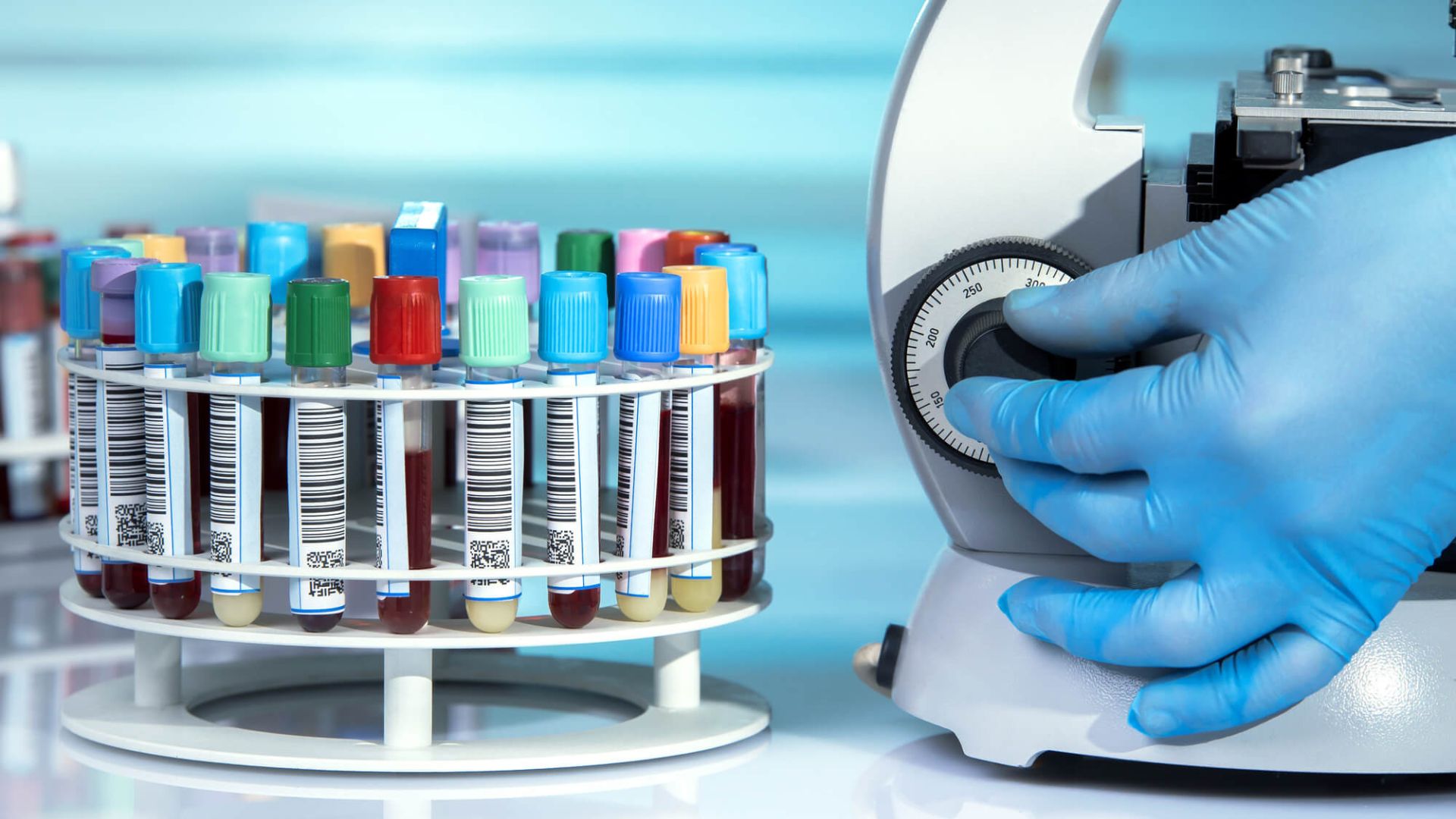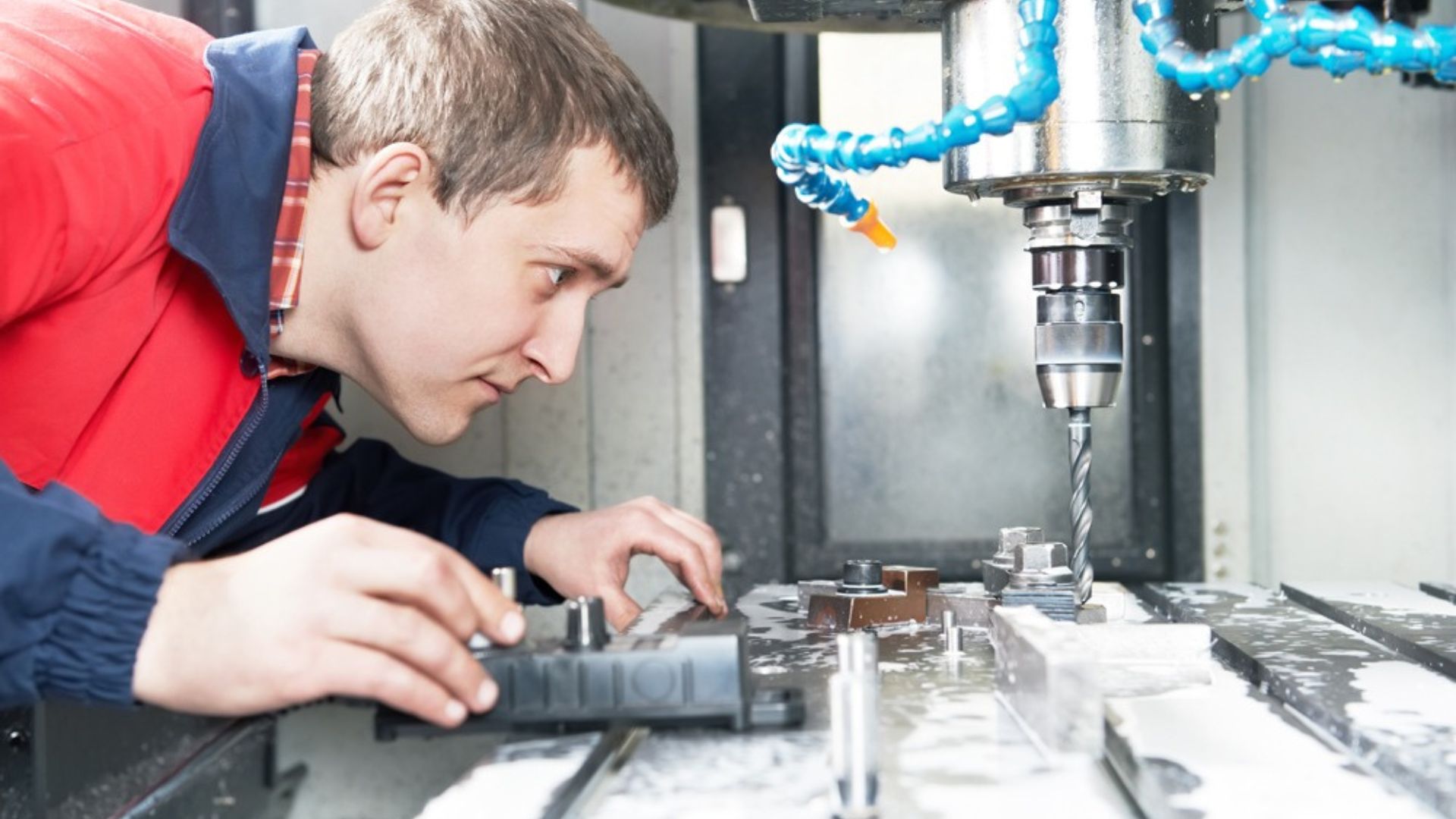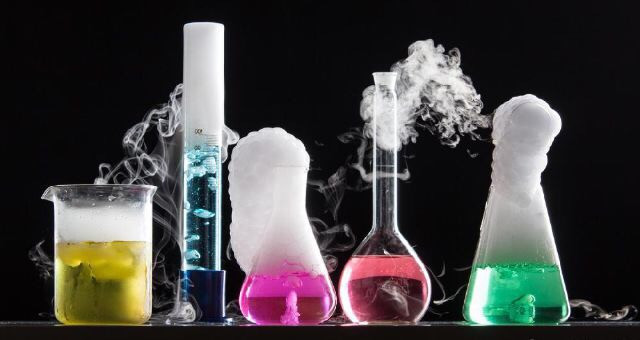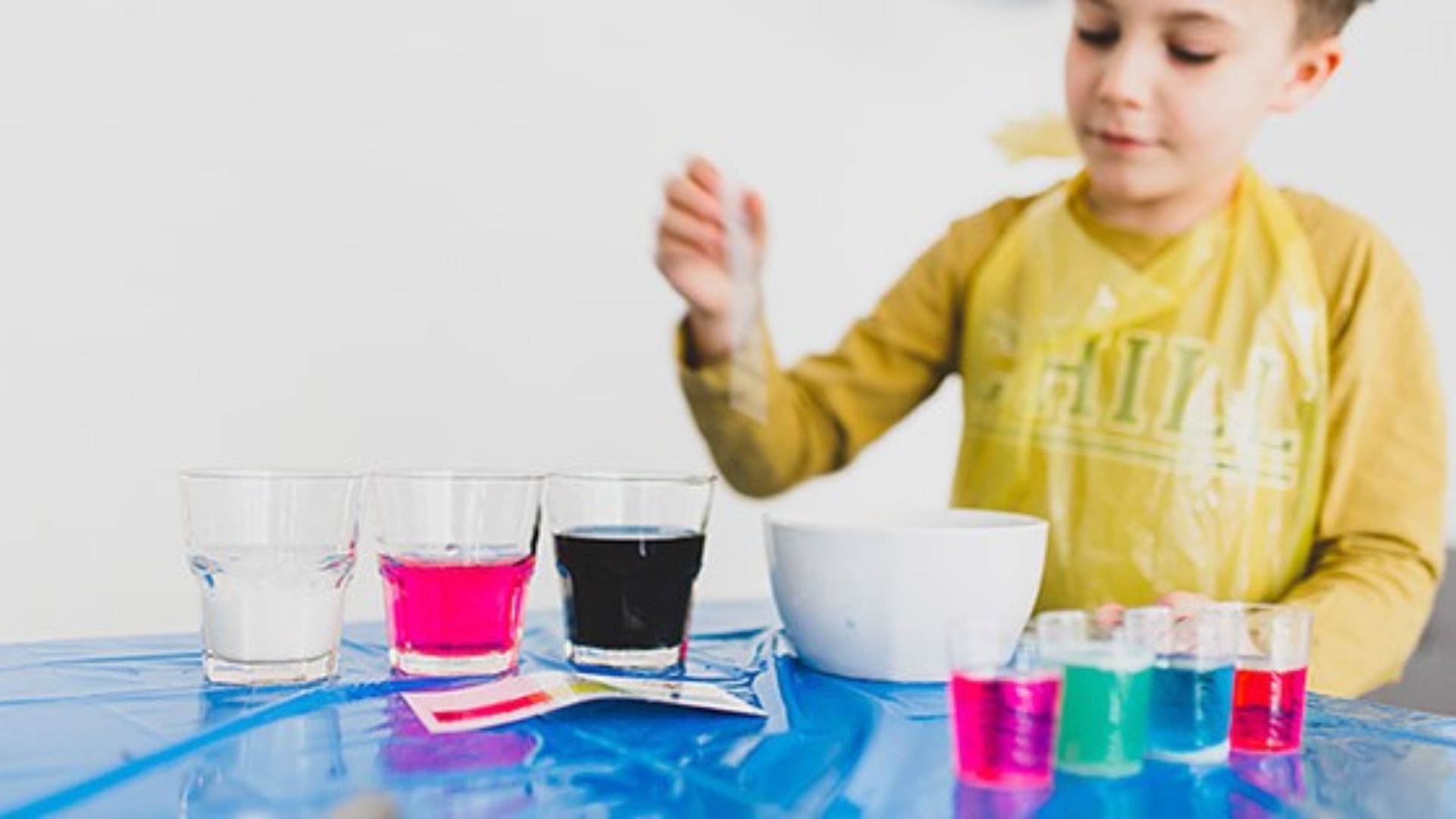Calibrating chemical instruments is essential for accurate measurements and reliable results in any laboratory or industrial setting. Proper calibration ensures that chemical instruments perform correctly and provide precise data. In this article, we’ll guide you through the process of calibrating chemical instruments, highlighting the key steps and best practices.
Why Calibration is Crucial for Chemical Instruments
Calibration of chemical instruments is crucial because it ensures that the measurements taken are accurate and reliable. Without proper calibration, instruments may produce erroneous data, leading to incorrect conclusions and potentially compromising safety and quality. Regular calibration helps maintain the integrity of your work and ensures that your results are trustworthy.

How to Calibrate Chemical Instruments
Understanding Calibration Basics
Before going into the calibration process, it’s essential to understand the basics. Calibration involves comparing the measurements of your instrument against a standard reference. This process adjusts the instrument to ensure that it provides accurate readings. Calibration should be performed regularly and whenever there is a significant change in environmental conditions or after repairs.
Step-by-Step Calibration Process
1. Gather Calibration Standards
The first step in calibrating chemical instruments is to gather the necessary calibration standards. These standards are substances with known concentrations or properties. For example, if you are calibrating a pH meter, you will need buffer solutions with known pH values. Make sure that the standards are fresh and within their expiration date.
2. Prepare the Instrument
Ensure that your chemical instrument is clean and in good working condition before starting the calibration process. If the instrument requires any special setup or warm-up time, follow the manufacturer’s instructions. For example, some instruments may need to be turned on and allowed to stabilize before calibration.
3. Perform a Zero Calibration
Begin by performing a zero calibration or baseline adjustment. This step involves setting the instrument to read zero or its baseline value in the absence of any sample. For instance, if you’re calibrating a balance, place an empty container on the scale and adjust it to zero. This ensures that any subsequent measurements are accurate relative to a known starting point.
4. Calibrate with Standard Solutions
Next, calibrate your instrument using the standard solutions. For instance, if you’re calibrating a spectrophotometer, use a standard solution with a known absorbance value. Follow the instrument’s calibration procedure to adjust the readings based on the standard values. Make sure to use fresh standards and follow the manufacturer’s guidelines for the correct calibration method.
5. Record Calibration Data
Document all calibration data meticulously. This includes the values of the standards used, the instrument’s readings, and any adjustments made. Keeping accurate records helps track the instrument’s performance over time and ensures that you can reference previous calibrations if needed.
6. Verify Calibration Accuracy
After calibration, verify the accuracy of your instrument by measuring a sample with a known value. Compare the instrument’s reading with the known value to ensure that it is within acceptable limits. If the results are not as expected, you may need to repeat the calibration process or perform troubleshooting.
7. Regular Maintenance
Regular maintenance is crucial for ensuring that your chemical instruments remain accurate. This includes cleaning the instrument, checking for any wear and tear, and replacing parts as necessary. Regular maintenance helps prevent calibration issues and extends the life of your instrument.
8. Follow Manufacturer’s Guidelines
Always follow the manufacturer’s guidelines for calibration. Different instruments may have specific calibration procedures and requirements. Refer to the user manual or contact the manufacturer for detailed instructions on calibrating your specific chemical instrument.
9. Use Proper Calibration Techniques
Employ proper calibration techniques to ensure accuracy. This includes using high-quality calibration standards, performing calibration in a controlled environment, and following correct procedures. Improper techniques can lead to inaccurate results and compromised instrument performance.
10. Train Personnel
Ensure that all personnel involved in calibrating chemical instruments are adequately trained. Proper training helps prevent errors and ensures that calibration procedures are followed correctly. Regular training sessions can help maintain high standards of calibration practice.
11. Implement a Calibration Schedule
Establish a regular calibration schedule based on the instrument’s usage and manufacturer’s recommendations. Regular calibration helps maintain accuracy and reliability. Keep track of calibration dates and plan for future calibrations to avoid any lapses in accuracy.
12. Address Calibration Issues Promptly
If you encounter any issues during calibration, address them promptly. This may involve troubleshooting the instrument, adjusting calibration procedures, or seeking professional assistance. Addressing issues quickly helps maintain accurate measurements and prevent further complications.
Conclusion
Calibrating chemical instruments is essential for ensuring accurate and reliable measurements. By following these best practices, you can maintain the integrity of your instruments and achieve consistent results. Regular calibration, proper techniques, and meticulous documentation are key to successful calibration and optimal instrument performance.




